Pair of patinated bronze vases, composed of several pieces, resting on three curved feet and decorated on the outside with reliefs of animals and mythological beasts, enhanced with gilt details and bands of geometric designs. They have metal vessels that fit into the upper part. On both bases are turtles with waves creating ripples; on the central body, handles in the form of dragons and phoenixes on one side and dragons on the other; on the neck, other birds (herons or similar) flying among the clouds. The bases are two ebonized wooden side tables with elephants (heads decorated to resemble textile ornaments, with light-colored tusks) functioning as legs by curving the trunk outward, an openwork chamfer, an openwork waist to fix the furniture, and a top decorated with carvings and flat boards. These types of vases were part of the so-called "export" items, having been made for the sole purpose of being sold to foreigners during Japan's Meiji era (1868-1912), named after the reigning emperor and during which the country began to modernize and Westernize, establishing itself as a world power thanks to a certain openness to foreigners (presence and ideas), changes in government, etc. Dragons are the most powerful symbol of all animals in Japanese art, considered deities linked to water and attributed, for example, to the changing of the seasons (when they flew in the sky, it was spring). The crane and the turtle symbolise longevity, the first animal in flight (in the upper part) being associated with the sky and the second in the lower part (of a kimono, for example) linked to the earth. As for the elephant-headed side tables, it is worth noting that they were highly prized furniture by the British during part of the colonial period in India (1858-1947), and many examples were imported to the United Kingdom, notably to Buckingham Palace and other noble residences. The quality of this pair is clearly visible in the animal carvings and plant motifs that complete the table. In Hindu iconography, the elephant is associated with wisdom, divine knowledge and royal power. -
Dimensions: 60x60x165 cms













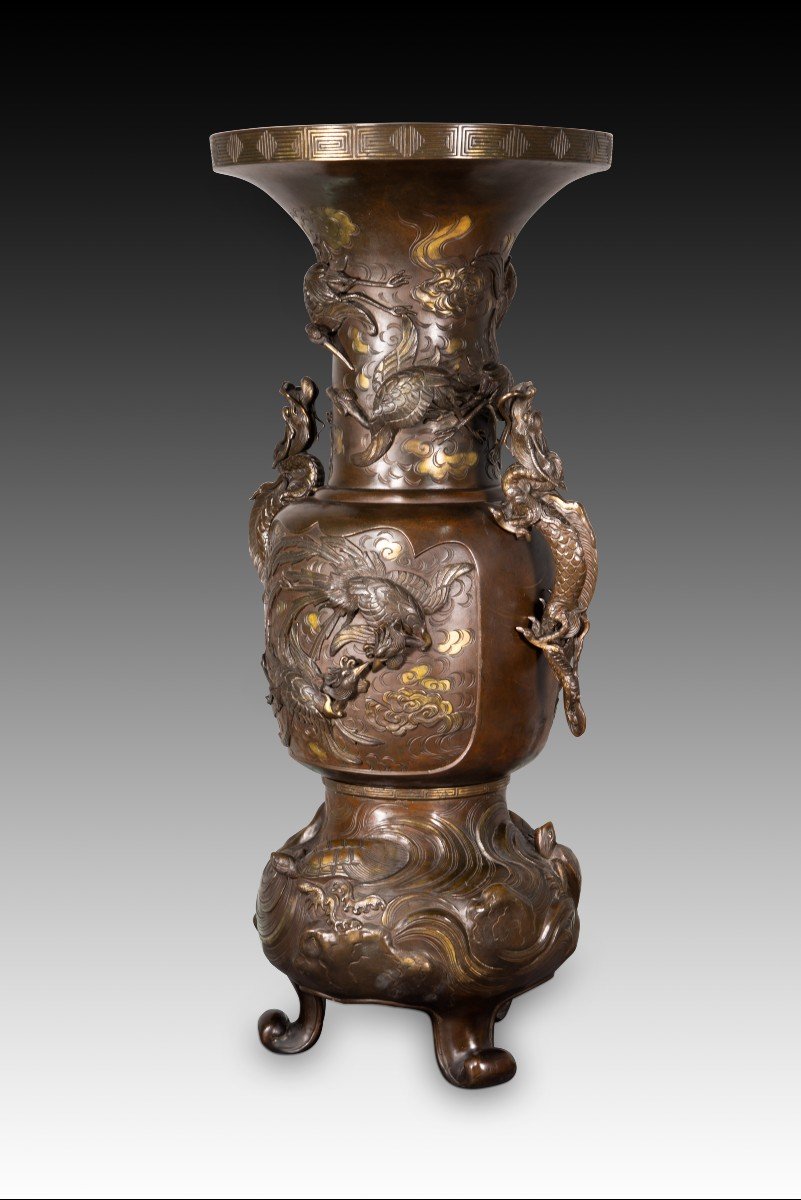





















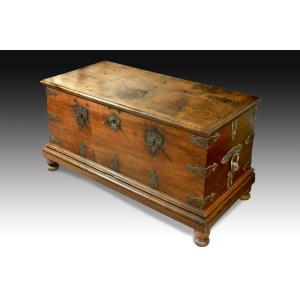

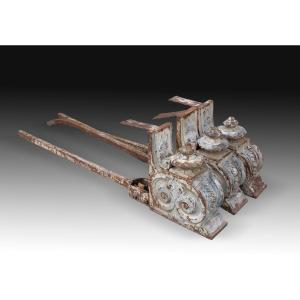






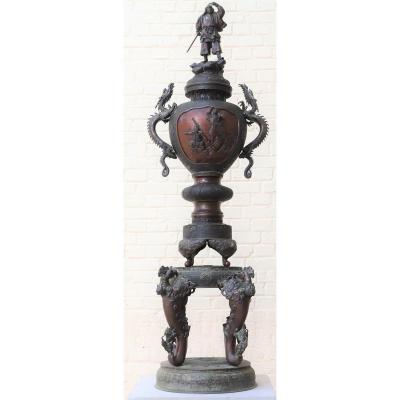

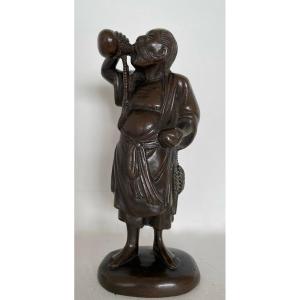



 Le Magazine de PROANTIC
Le Magazine de PROANTIC TRÉSORS Magazine
TRÉSORS Magazine Rivista Artiquariato
Rivista Artiquariato